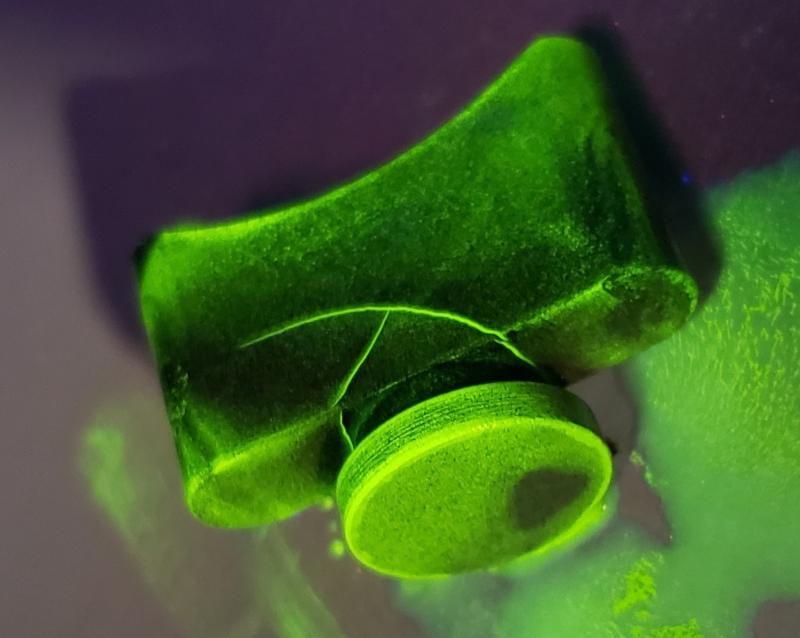DYE PENETRATION TEST
I.PURPOSE
It is a
non destructive testing method for detecting discontinuities such as cracks,
seams, laps, cold shuts and lamination that are open to surface. They may be
effectively used in the inspection of both ferrous ,non-ferrous ,non-porous,
non-metallic materials, such as steels, ceramics, plastics , glass etc.,
II. WORKING PRINCIPLE
The working
principle of "Dye penetration examination" is capillary action that
is how fluids penetrate into cracks (or discontinuities) on the surface of a
material.
III.APPARATUS
REQUIRED
1.Cleaner
is used to clean oil and grease on testing surface.
2.Developer
is used for blotting action.
3.Penetrant
is used to penetrate on surface defects
IV.TEST PROCEDURE
1.Hence
the testing kits are highly flammable, it is much better to maintain surface
temperature in between 15 to 60 deg. C .
2.Clean
the surface by cleaner and ensure the surface free from Oil and grease after
cleaning.
2.Apply
penetrant on testing surface to be inspected.
3.The
time after application of penetrant is known as dwelling time should be minimum
of ten minutes.
4.After
dwelling time the penetrant on the part is removed by cleaner.
5.Developer
should be applied on surface after cleaning .The recommended blotting time is 7
minutes.
V.INTERPRETATION OF RESULTS
1.Crack or similar opening will show a line
2.Gross porosity may produce large indications.
3.Small porosity shows as minor dots.
General
recommendations :
Cracks ,
Lack of fusion not accepted .Rounded indications may be acceptable based on
application.
VI.POST
CLEANING
Thorough
cleaning is mandatory on tested surface to avoid any corrosive action on
surface due to chemicals.
VII.REPORT
OF EXAMINATION
The results
of liquid penetrant test should be recorded as shown below,
1.Part
name
2.Test
spot identification
3.Material
specification
4.Acceptance
standard
5.Observations
6.Result
of interpretation
VIII.FEW
IMAGES OF DYE PENETRATION TEST



